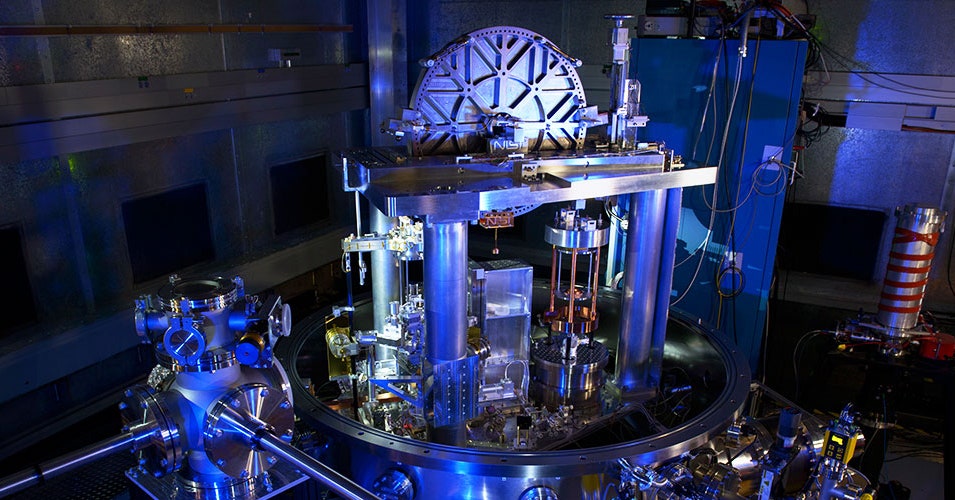
From devastating wildfires to polar bears clinging to melting ice floes, there’s no shortage of shocking images to illustrate the need for action on climate change. But collecting reliable data to track the rate of change—and help determine how to tackle it—is much less straightforward.
Scientists at the National Physical Laboratory in Teddington, South West London, are using precise monitoring equipment to measure pollutants and track our impact on the planet more accurately than ever before.
The lab’s latest tool is Boreas, a laser spectrometer designed to collect and analyze methane—a greenhouse gas emitted by dozens of human activities, from agriculture to burning fuel. At an unassuming telecommunications tower in Heathfield, Surrey, Boreas works 24 hours a day in all weather conditions to sample large volumes of air. The machine uses a length of tubing filled with fine plastic beads, which is then cooled to -160 degrees Celsius, allowing researchers back at NPL headquarters to cryogenically separate the methane particles from oxygen and nitrogen, which freeze at much lower temperatures.
The aim is to determine the relative concentration of different methane molecules and gain a better understanding of where the pollutants are coming from, explains Emmal Safi, a higher research scientist at NPL. “While previous devices have been able to measure methane concentrations, that data alone doesn’t tell us much about what the source of methane is,” she says.
Methane is a molecule composed of one carbon atom surrounded by four hydrogen atoms (its chemical formula is CH4). There are, however, different types of methane in the air, called methane isotopologues. “Different processes make methane with very small differences in the relative amount of each isotopologue, so the relative proportion of each can be used as a signature to determine its source,” says Safi.
So far, the readings are showing researchers what they’d expected: “We are seeing methane that has the signature of the northern hemisphere background—relatively clean air from the Atlantic—and some local agricultural sources,” says Chris Rennick, also a higher research scientist on the Boreas team. “It depends on the direction of the wind on any given day.”
What makes Boreas unique is its potential: In the future, NPL hopes to build more devices like it and deploy them to different regions, including the Arctic, where potentially large amounts of methane could be trapped in permafrost. “We’re using the data from our Heathfield lab to contribute to the UK’s methane emissions estimates,” Rennick explains. “However, there are many other networks in many other countries which would also benefit from the measurements that Boreas can make—this would allow the instrument to help reduce global methane emissions.”
Boreas is one of dozens of unique pieces of equipment measuring pollutants at NPL. One of the most historically significant is the Kibble Balance, a set of high-precision scales developed in the 1970s to compare electrical and mechanical power. Fifty years on, the device is used to weigh individual air particles to determine methane concentrations.
The key role of researchers such as those working on Boreas is not to conduct climate research, however, or even to present evidence of climate change itself. They are metrologists by trade—there to study and monitor the science of measurement to keep the science as accurate as possible.


